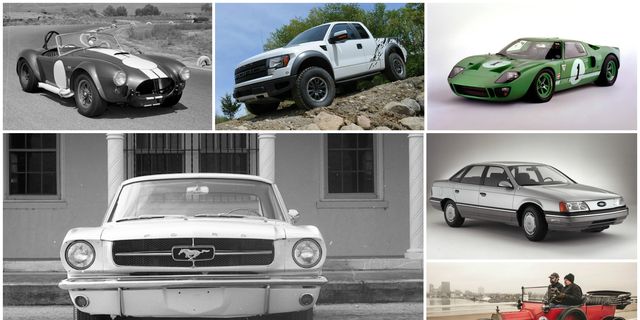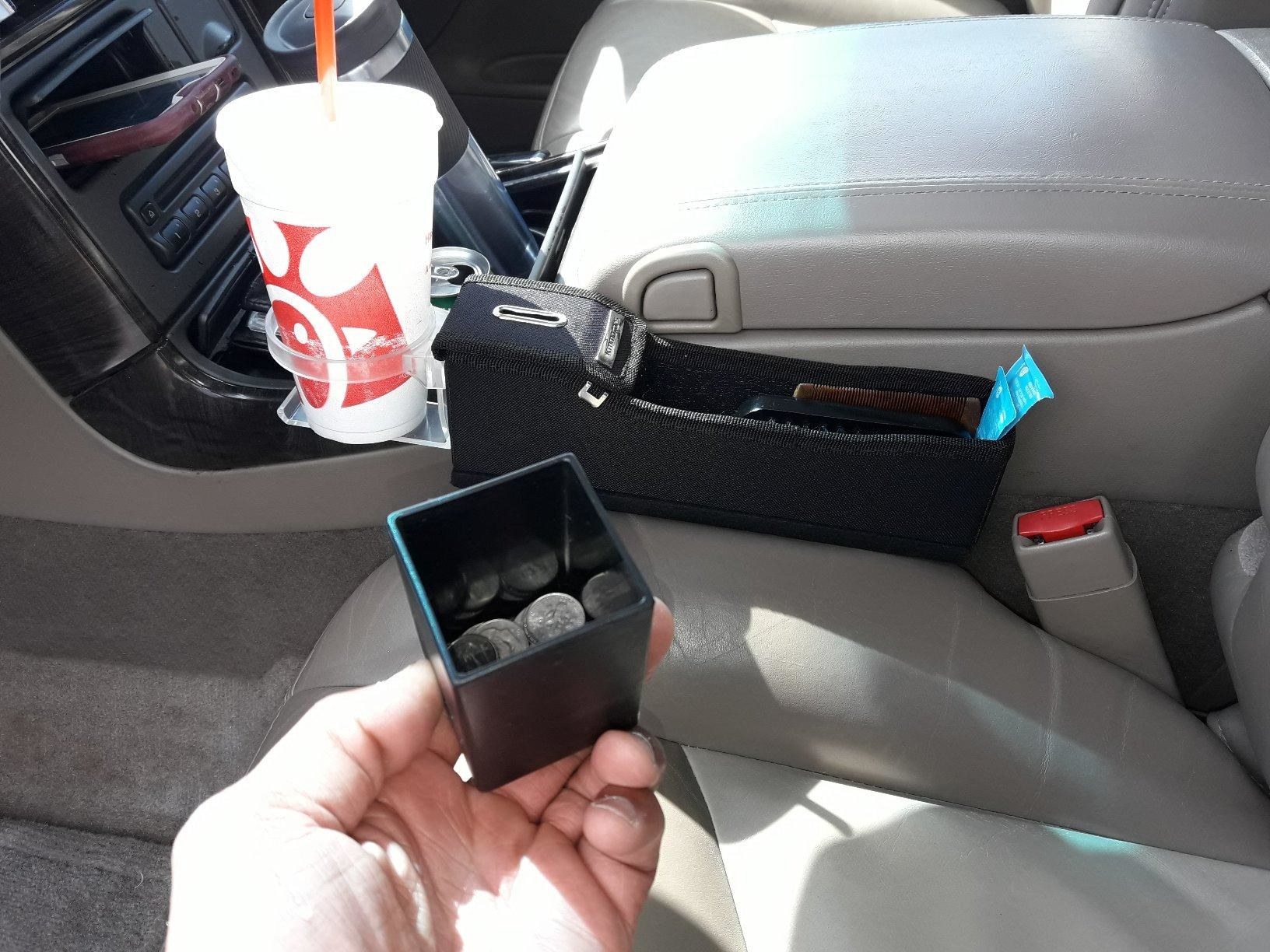Step back in time and immerse yourself in the world of legendary classics – the iconic cars that defined an era.
From the sleek and stylish ruggedness of the old land rover defender to the timeless elegance of the Mercedes-Benz 300SL, these automobiles have not only captured the hearts of car enthusiasts but have also left an indelible mark on popular culture.
With their powerful engines, exquisite craftsmanship, and unparalleled design, these legendary classics transcend mere transportation and become symbols of status, freedom, and individuality.
Whether you’re a fan of the roaring muscle cars of the 1960s or the refined luxury vehicles of the 1950s, this journey through automotive history will ignite your passion and leave you in awe of the timeless beauty and engineering marvels that have stood the test of time.
Join us as we delve into the stories behind these automotive masterpieces and celebrate the enduring legacy of the cars that shaped an era.
Get ready to buckle up and experience the thrill of legendary classics like never before.
The Ford Model T: Revolutionizing the Automobile Industry
The Ford Model T, introduced in 1908, revolutionized the automobile industry like no other car before.
With its affordable price tag, the Model T made car ownership accessible to the masses, transforming transportation and paving the way for the modern automobile era.
Henry Ford’s vision of a car that could be produced efficiently and at a lower cost led to the development of the assembly line, a groundbreaking innovation that drastically reduced production time and costs.
The Model T’s simple design, reliable performance, and ability to navigate rough terrain made it a favorite among Americans, and it quickly became a symbol of progress and freedom.
By the time production ended in 1927, Ford had produced over 15 million Model T cars, forever changing the way people traveled and setting the stage for the automotive industry’s future.
The Volkswagen Beetle: An Icon of the People
The Volkswagen Beetle, affectionately known as the “Bug,” is an icon that has captured the hearts of millions around the world.
Originally designed in the 1930s by Ferdinand Porsche, the Beetle was commissioned by Adolf Hitler to create a “people’s car” that would be affordable and practical for the average German citizen.
After World War II, the Beetle underwent a transformation and was reintroduced as a symbol of the post-war economic revival and individuality.
Its distinctive rounded shape, friendly demeanor, and reliable performance quickly made it a global success, with production continuing for over six decades.
The Beetle’s enduring popularity can be attributed to its timeless design, affordable price, and association with counterculture movements such as the hippie movement of the 1960s.
Although production officially ended in 2019, the Beetle’s legacy lives on, as new generations continue to appreciate its charm and iconic status.
The Chevrolet Corvette: A Symbol of American Muscle
When it comes to American muscle cars, few can rival the legacy of the Chevrolet Corvette.
First introduced in 1953, the Corvette was America’s answer to the sleek and powerful sports cars coming out of Europe.
With its fiberglass body, powerful V8 engine, and impressive performance, the Corvette quickly became a symbol of American automotive engineering and power.
Over the years, the Corvette has undergone numerous transformations, evolving into a true sports car icon.
From the iconic Stingray design of the 1960s to the modern-day C8 with its mid-engine layout, the Corvette has consistently pushed the boundaries of performance and design.
With its distinctive styling, thrilling performance, and rich racing heritage, the Corvette continues to captivate car enthusiasts and remains a symbol of American automotive excellence.
The Jaguar E-Type: A Timeless Beauty
The Jaguar E-Type, often referred to as the most beautiful car ever made, is a true masterpiece of automotive design.
Introduced in 1961, the E-Type’s long, sleek body, and flowing lines were an instant sensation, captivating the world with its unmatched elegance and performance.
Designed by Malcolm Sayer, a former aircraft engineer, the E-Type featured advanced aerodynamics and a powerful engine, making it one of the fastest cars of its time.
The E-Type’s success on the racetrack and its association with celebrities, including Steve McQueen and Frank Sinatra, further enhanced its allure and solidified its status as an icon.
Even today, the Jaguar E-Type continues to inspire car designers and enthusiasts alike, with its timeless beauty and unrivaled grace.
The Porsche 911: A Sports Car Legend
Few cars have achieved the legendary status of the Porsche 911.
First introduced in 1963, the 911 has become synonymous with precision engineering, exhilarating performance, and timeless design.
Designed by Ferdinand Alexander Porsche, the 911’s distinctive silhouette and rear-engine layout set it apart from other sports cars of its time.
The 911’s evolution over the years has seen it embrace technological advancements while staying true to its iconic design.
From the air-cooled classics of the 1960s and 1970s to the modern-day 911 with its turbocharged engines and cutting-edge technology, the 911 continues to push the boundaries of what a sports car can be.
Its unparalleled driving experience and unwavering commitment to performance have made the Porsche 911 a true legend in the automotive world.
The Mini Cooper: Small but Mighty
The Mini Cooper, originally designed as a response to the fuel shortages of the 1950s, has become an automotive icon in its own right.
Introduced in 1959 by the British Motor Corporation, the Mini Cooper’s compact size and nimble handling made it ideal for navigating crowded city streets.
Its charming design and affordable price tag quickly won over the hearts of drivers, and it became a symbol of British motoring excellence.
The Mini Cooper’s popularity skyrocketed in the 1960s when it became the preferred mode of transportation for celebrities and cultural icons, including The Beatles.
Today, the Mini Cooper continues to embody the spirit of fun and adventure, with its quirky design and spirited performance.
It remains a beloved classic and a testament to the enduring appeal of small, yet mighty, cars.
The Ford Mustang: The Original Pony Car
The Ford Mustang, introduced in 1964, revolutionized the American automotive industry and created a new category of cars – the pony car.
With its long hood, short rear deck, and aggressive styling, the Mustang captured the imagination of car enthusiasts and defined a generation.
Not only did the Mustang offer an exhilarating driving experience, but it also provided a level of customization and personalization never seen before.
The Mustang’s success on the racetrack and its appearance in movies, such as “Bullitt” and “Gone in 60 Seconds,” further solidified its status as a cultural icon.
Today, the Mustang continues to embody the spirit of freedom and adventure, with its powerful engines and unmistakable design.
It remains a symbol of American automotive excellence and a timeless classic.
The Ferrari 250 GTO: A Rare and Priceless Gem
The Ferrari 250 GTO, produced between 1962 and 1964, is regarded as one of the most valuable and sought-after cars in the world.
With only 39 units ever produced, the 250 GTO is a rare gem that combines breathtaking beauty with exceptional performance.
Designed by Pininfarina, the 250 GTO’s aerodynamic shape and powerful V12 engine make it a true masterpiece of automotive engineering.
The 250 GTO’s racing pedigree is equally impressive, with numerous victories in prestigious events such as the Le Mans 24 Hours.
Today, the 250 GTO continues to command astronomical prices at auctions, with collectors and enthusiasts willing to pay millions for the chance to own a piece of automotive history.
Its exclusivity and timeless design have elevated the 250 GTO to legendary status, making it the ultimate dream car for many.
The Aston Martin DB5: James Bond’s Ride
The Aston Martin DB5, immortalized by its appearance in the James Bond films, is a true icon of automotive elegance and sophistication.
Introduced in 1963, the DB5’s timeless design, luxurious interior, and powerful engine made it the perfect choice for the world’s most famous spy.
Equipped with gadgets such as revolving license plates, machine guns, and an ejector seat, the DB5 became synonymous with Bond’s suave and debonair persona.
Its appearance in films like “Goldfinger” and “Thunderball” elevated the DB5 to legendary status, capturing the hearts of moviegoers and car enthusiasts alike.
Even today, the DB5 remains a symbol of British automotive excellence and a testament to the enduring allure of James Bond.
The Lamborghini Miura: The First Supercar
The Lamborghini Miura, introduced in 1966, is widely regarded as the first true supercar.
With its mid-engine layout, striking design, and blistering performance, the Miura shattered the automotive world’s expectations and set a new standard for performance cars.
Designed by Marcello Gandini, the Miura’s sleek and aggressive lines made it an instant sensation, capturing the imagination of car enthusiasts worldwide.
Its powerful V12 engine, capable of propelling the Miura to speeds exceeding 170 mph, cemented its status as a true performance icon.
The Miura’s influence can still be seen in modern supercars, with its revolutionary design and engineering serving as inspiration for generations of automotive designers.
The legacy of the Miura lives on, as it continues to be revered as one of the most significant and influential cars in automotive history.
The Rolls-Royce Silver Ghost: The Epitome of Luxury
When it comes to luxury automobiles, few can rival the Rolls-Royce Silver Ghost.
Introduced in 1906, the Silver Ghost quickly gained a reputation for its unparalleled refinement, craftsmanship, and whisper-quiet operation.
With its opulent interiors, attention to detail, and smooth, effortless performance, the Silver Ghost set the standard for luxury motoring.
Its exceptional reliability and long-distance capabilities earned it the nickname “The Best Car in the World.”
The Silver Ghost’s enduring legacy can be seen in the continued success of Rolls-Royce as a symbol of luxury and exclusivity.
Even today, a century after its introduction, the Silver Ghost remains a symbol of automotive excellence and the epitome of luxury.
Conclusion: The Enduring Legacy of Legendary Classics
As we conclude our journey through the legendary classics that defined an era, it becomes clear that these cars are more than mere machines.
They are symbols of innovation, style, and the human desire for freedom and individuality.
From the Ford Model T, which revolutionized the automobile industry, to the Rolls-Royce Silver Ghost, the epitome of luxury, each car tells a unique story and contributes to the rich tapestry of automotive history.
These legendary classics have stood the test of time, captivating the hearts and imaginations of car enthusiasts around the world.
Their timeless beauty, exceptional performance, and enduring legacy continue to inspire generations of designers and enthusiasts alike.
So, whether you find yourself drawn to the raw power of American muscle or the elegance of European luxury, one thing is certain – the legendary classics will forever hold a special place in our hearts and continue to define the automotive landscape for years to come.



